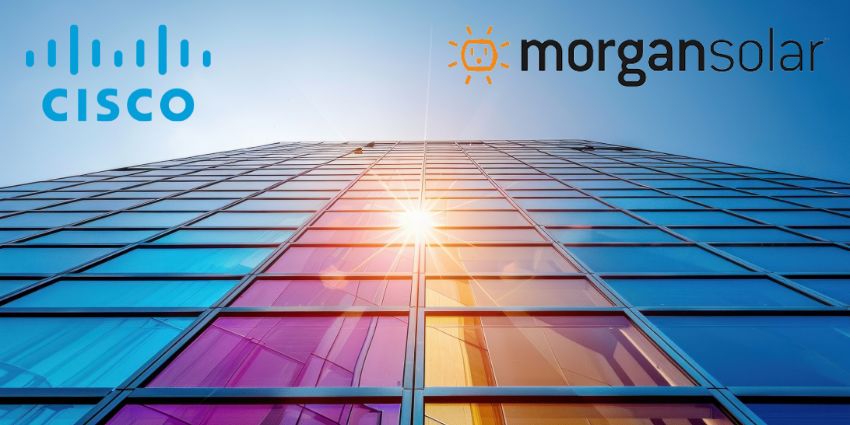Leading analytics company, McKinsey, recently published a report on the evolving 5G world, and what it means to the connections of tomorrow. We’re living in an always-on world, where connectivity is more crucial than ever. In this environment, experts are searching for ways to make digital connections faster and more efficient than ever before.
McKinsey’s research identified hundreds of use cases across over 17 commercial domains that can run on an updated digital foundation. The latest research, however, focuses specifically on areas like retail, manufacturing, healthcare, and mobility.
Here are some of the highlights from the McKinsey study.
The Economic Impact of 5G Could be Monumental
McKinsey notes that the possibilities of 5G have captured the attention of policy makers and business leaders around the world. Many of the first high-band 5G networks are already up and running, but there’s still a lot of questions to be answered about how various players in the industry can coordinate to deliver the best-connected experiences.
McKinsey believes that in healthcare, mobility, manufacturing, and retail, the impact of 5G could boost global GDP by around $1.2 to $2 trillion by the time we reach 2030. The majority of this new value can be captured with access to advanced connectivity, leveraged through technologies that are already available in the marketplace. McKinsey estimates that around 60 to 65% of the value from these environments could go to pioneering markets and China, while around 20-25% goes to leading markets like France, Germany, and the United Kingdom.
Over the next decade, connectivity providers are likely to focus on building and upgrading networks. However, the rate of progress that we see will vary from one location to the next. McKinsey believes that advanced connectivity from 5G could reach as much as 80% of the global population by the end of the decade, though significant gaps may still remain.
The Impact of Enhanced Connectivity
Aside from significant benefits for the global GDP, the promises of upgraded connectivity could also have benefits for society as we know it too. McKinsey’s report notes that the internet still isn’t worldwide today, with various dark gaps around the world. However, in the decade ahead, some of those blank spaces can begin to light up, with more new users coming online.
In the decade to come, McKinsey notes that a new combination of technologies will push companies forward in experimenting with connectivity. An evolutionary change will happen in the world, and existing connectivity technologies will expand their reach further than ever before. Additionally, a new and improved kind of connectivity called “frontier” connectivity will appear.
This new frontier connectivity could allow for new capabilities in commercial environments. While today, consumers are the main thing powering the internet, the impact of the business will continue to grow. McKinsey notes that online video currently accounts for about 70% of all internet traffic, and by 2030, that number is expected to exceed 80%.
In the next ten years, the world will also be consuming around 20 times more data than it does now. A lot of this growth will be driven by the arrival of new users and higher-definition content. However, connectivity will help businesses to accomplish more too.
The Future of Connectivity in Business
According to McKinsey, enhanced broadband opportunities and the arrival of stronger mobile connections will make an impact on the business world. This connectivity will make data exchange and downloads faster than ever. Additionally, because they don’t need as much power, LP WANs can extend device battery lives and sensor lives, making it easier for the Internet of Things to scale more rapidly. Things like strong security and lower latency will make it easier to run mission-critical applications that need absolute reliability too.
Based on industry-specific interviews and research, McKinsey has identified hundreds of potential use cases in the commercial environment that would run on advanced and frontier networks. These solutions run independently of the many customer-driven internet and entertainment applications available. In particular, McKinsey sees environments like manufacturing, healthcare, mobility, and retail growing the most, but there are countless other companies that could benefit too.
Notably, McKinsey’s study also notes that connectivity will form the foundation of increasingly intelligent systems for mobility. While the automotive environment is at the heart of this intelligent environment, mobility delivers a much broader concept that includes everything from infrastructure and public transit, to carsharing services. Connectivity could easily deliver new revenue streams through things like preventative maintenance and infotainment solutions.
Questions on the Future of Connectivity
McKinsey’s research highlights everything from opportunities with new and advanced telemedicine opportunities powered by 5G, to manufacturing solutions that are safer and more efficient, thanks to new solutions in the Internet of Things. The study also acknowledges that different parts of the world will embrace the latest technology faster than their counterparts.
Notably, McKinsey also highlights that the research into the possibilities of 5G they have conducted so far also raises extra questions about the future of connectivity, and what it might look like. For instance, as connectivity providers face a new need to sustain major capital investment, new business models may begin to emerge. Additionally, providers may need to partner with businesses in other domains to help create more viable long-term strategies going forward. These partnerships could drive things like connected vehicles, remote healthcare and more into the market.
Additionally, McKinsey notes that there are a second set of questions around the kind of players that may emerge as connectivity providers. Companies across different industries may decide to begin building their own private networks. McKinsey questions how likely it is that traditional telecom providers will continue to deliver the backbone of various connectivity solutions in the years to come.
Everything from the needs of consumers in a changing environment to the policies that are implemented in a rapidly evolving connected world will need to be considered in this new age of 5G.
Where do you think the industry is heading?
Check out the full McKinsey report for yourself to learn more.







